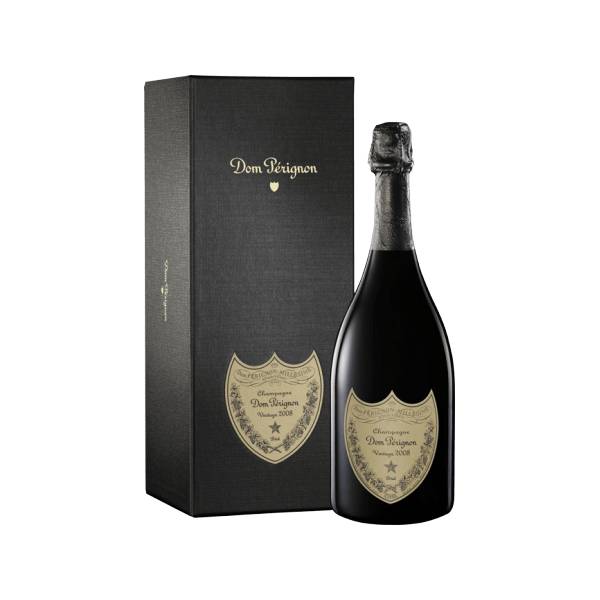Champagne Don Perignon Vintage 2013 75cl C/ Estojo
320,00 €
Harmony achieved.
Dom Pérignon is vintage champagne only.
Each vintage is a creation, unique and unique, that expresses both the character of the year and the character of Dom Pérignon.
After at least eight years of elaboration in the cellars, the wine embodies the perfect balance of Dom Pérignon, the Plenitude of harmony.
Description

Dom Pérignon was a Benedictine monk (Sainte-Menehould, 1639 — Saint-Pierre d'Hautvillers Abbey, September 24, 1715) recognized by many historians as the inventor of champagne.
Almost a contemporary of Louis XIV, he was neither a winegrower nor an alchemist. It was on a pilgrimage to Saint Hillaire Abbey that he discovered the method of making effervescent wines. Back at the monastery of Hautvillers, near Épernay, he then imported the Limouxine method.
The luxurious and famous DOM PÉRIGNON brand belonged to Maison Mercier, a champagne producer, but was not used. In 1927, a young woman from the Mercier family married a boy from the Chandon clan. As part of the dowry, he offered the DON PÉRIGNON brand. A few years passed without the name being used until, in 1935, the Moët & Chandon team, at the suggestion of English journalist Laurence Venn, decided to develop a high quality champagne to be sold by its distributor Simon & Brothers to the English aristocracy. Part of a batch of champagne from the 1921 vintage, which was stored in the cellars, was bottled under the DON PÉRIGNON brand. He shipped the boxes (300 bottles in total) to London and the success of the extraordinary drink was absolute. The following year the company decided to extend the “joke”, which became a business, and sent a new shipment, this time to the United States. DOM PÉRIGNON was the first cuvée (vintage) champagne, which gave it enormous prestige.
Additional information
| Weight | 2,2 kg |
|---|





